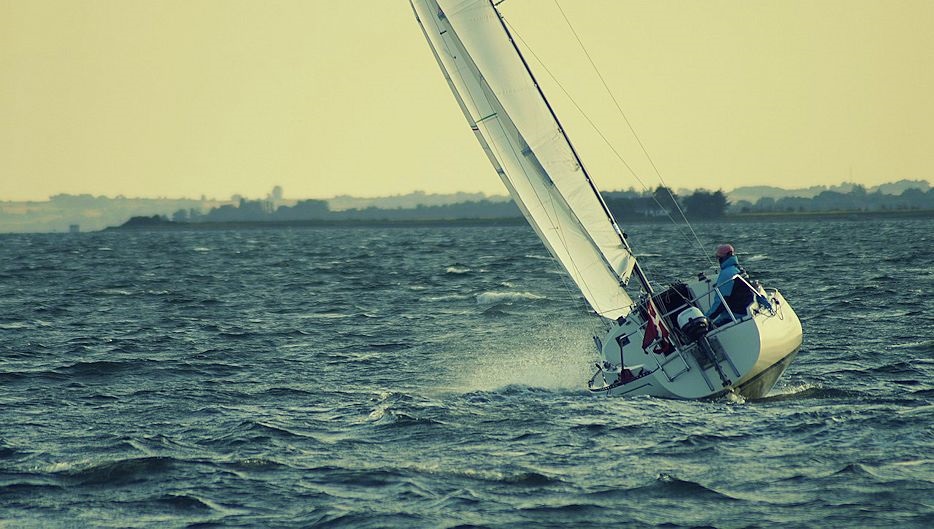Who doesn’t want to live naturally? Yet, less than natural calls to action tend to drown out a quieter voice urging us to live in balance within ourselves and with our environment.
Our environment is a counterpart to an inner landscape; although what appears outside and what we find inside may be dependent on which side of our eyeballs our attention turns.
There is one participant in our lives that everyone agrees is somewhere inside us: the “self†(variously located in the head, the heart, or our entire bodies). The self gets a pass whenever we want to change something about ourselves or our lives, even though many spiritual traditions view the self as our core problem, If we are selfish (instead of compassionate and generous), opinionated (instead of modest about the limits on our knowledge); fearful (instead of courageous in the face of impermanence); or narcissistic (instead of part of a community of like-minded beings working together for the benefit of all), then it’s clear that we still have some spiritual work to do.
The self wields the mop when it comes to house-cleaning our embodied lives on Planet Earth: since all our attempts to improve ourselves are under the control of this self. Even if our self-improvement agenda is to challenge the self (since it is clearly so often ungenerous, opinionated and ignores whatever it can’t control), we still must rely on the self to tell us what is real and what is not real.
I don’t want to bad-mouth the self. To do so would be to criticize the one who makes my breakfast, opens the door when someone knocks, and makes occasional attempts to understand this challenging life. It just seems appropriate to question this self when it claims to be the custodian of all that rolls into my life–like the swell passing under a sailboat as it tacks into the future.
As the self holds the rudder and the mainsheet, leans out over the gunnel and feels the spray on its check, manages the sail billowing with wind, and appreciates the sunlight lighting up the lake—it is doing its best to settle into infinity using its particular focus of interests and apprehensions. This makes sense: we can thereby experience a constant stream of sensations, thoughts and feelings in place of a bewildering cross chop of wavelengths bombarding our small craft. But to mistake this personal focal length for the open vistas of all there is, is to mistake the pointing finger for the moon and to treat her face, illuminated by sunlight, as just another streetlight.
Perhaps everyone understands that the self is not the entire current of being in which we are bobbing along. Perhaps we all appreciate that our personal perspective does not capture all there is to experience in life. But how can we understand who we are and what it all means if we continue to believe that the self provides our only way of understanding.
I have recently been engaging parts of my embodiment as co-participants with my thinking mind. And this is slowly opening up different ways of viewing my experience. These other viewpoints reside in other centers than my head. Perhaps what I call the ‘self’ is still always involved, still trying to make sense of everything and doing its best to be in charge, but different viewpoints and an aspiration for collaboration among them are also present. Often thoughts and memories feel threatening precisely because the head does not have the resources to quietly be with them.
The centers (or ‘chakras’), which I’ve been exploring, are the head, throat, heart and gut.
I may have a more acute case of being stuck in my head than most—especially with the head’s way of endlessly cycling in mental loops–but looking at the society in which we live, it is clear that I am not the only one who is more at home in thoughts than feelings, more centered in the head than in the heart.
So I’ve been appreciating listening to these other centers of embodiment and sensing how they are like the four Musketeers–always covering one another’s backs.
The gut (Dan Tien in Tai Chi) is four fingers below the navel and is the center that provides stability and strength. The head also deserves our respect because without the head we could not have clarity in our understanding. The throat center is important because it is the center of communication and provides a bridge between head and heart, between thought and feeling.
The heart can never be shut down completely, never silenced and ignored, because the heart is our bridge to the world and the main locomotive in our body. The heart is the center that harmonizes all four centers (including itself): coordinating the clarity of the head, the stability of the gut, the communication of the throat, and the heart-felt compassion that allows us to feel intimately connected with the world in which we live.
Without collaboration among head, throat, heart and gut (harmonizing clarity, communication, compassion and stability) our connection with our world is bound to be unsatisfying and fitful. We will then continue to be held in the grips of the head’s unrealizable attempts to control experience, while the caring of the heart, our true refuge, will go unheeded as we are swept up in the complexities of our head-orientated society.

